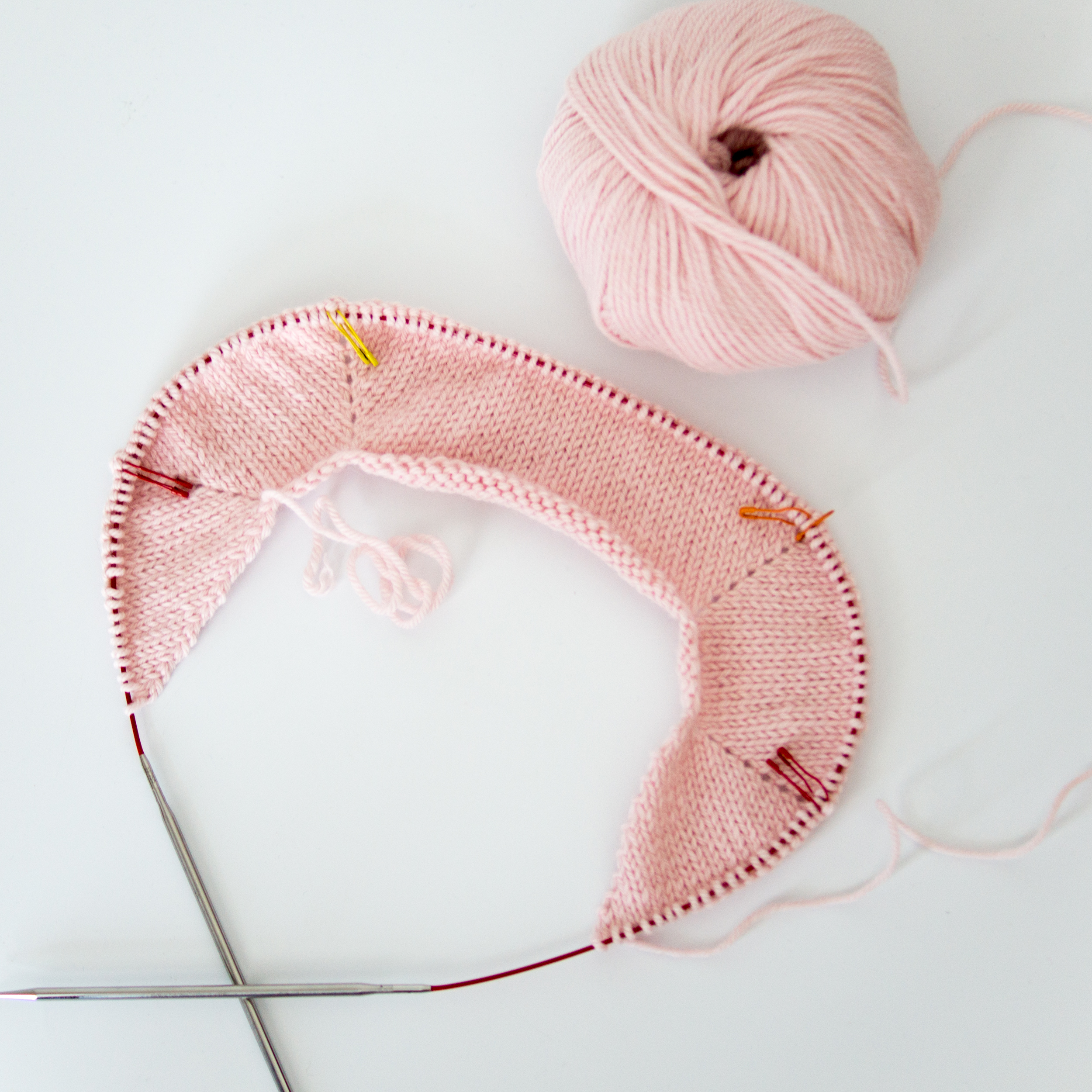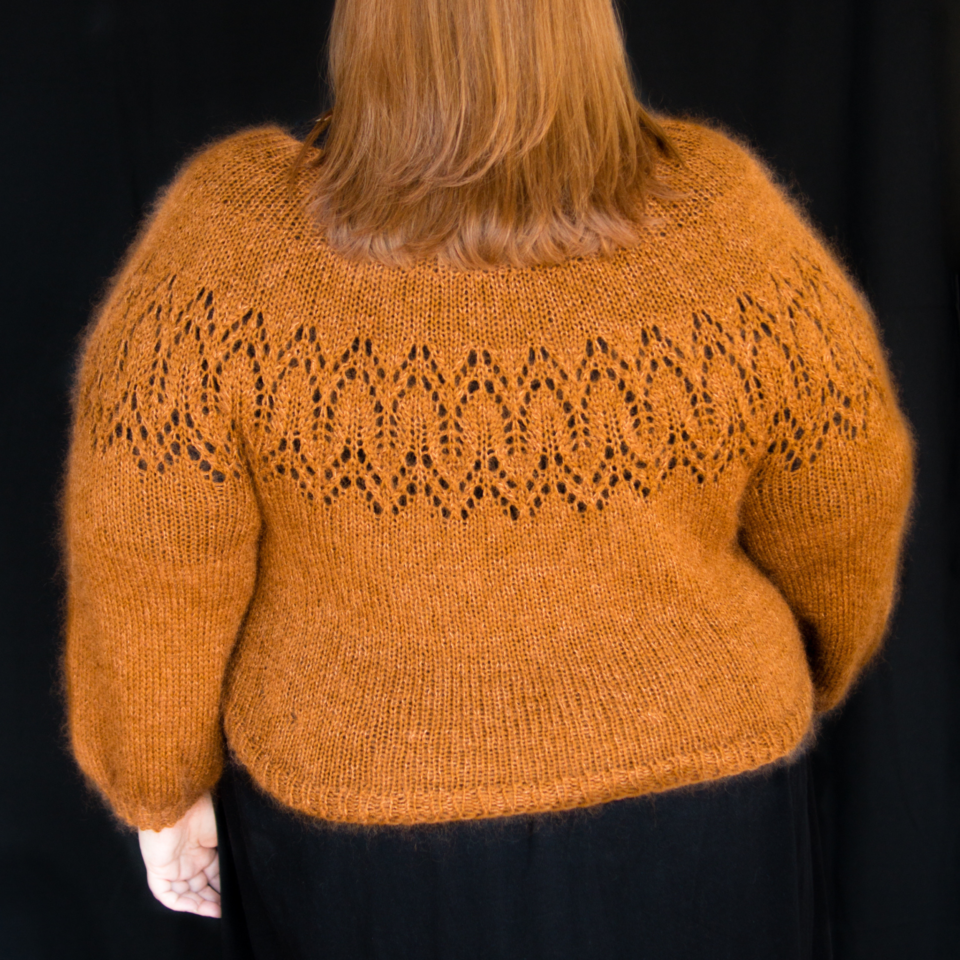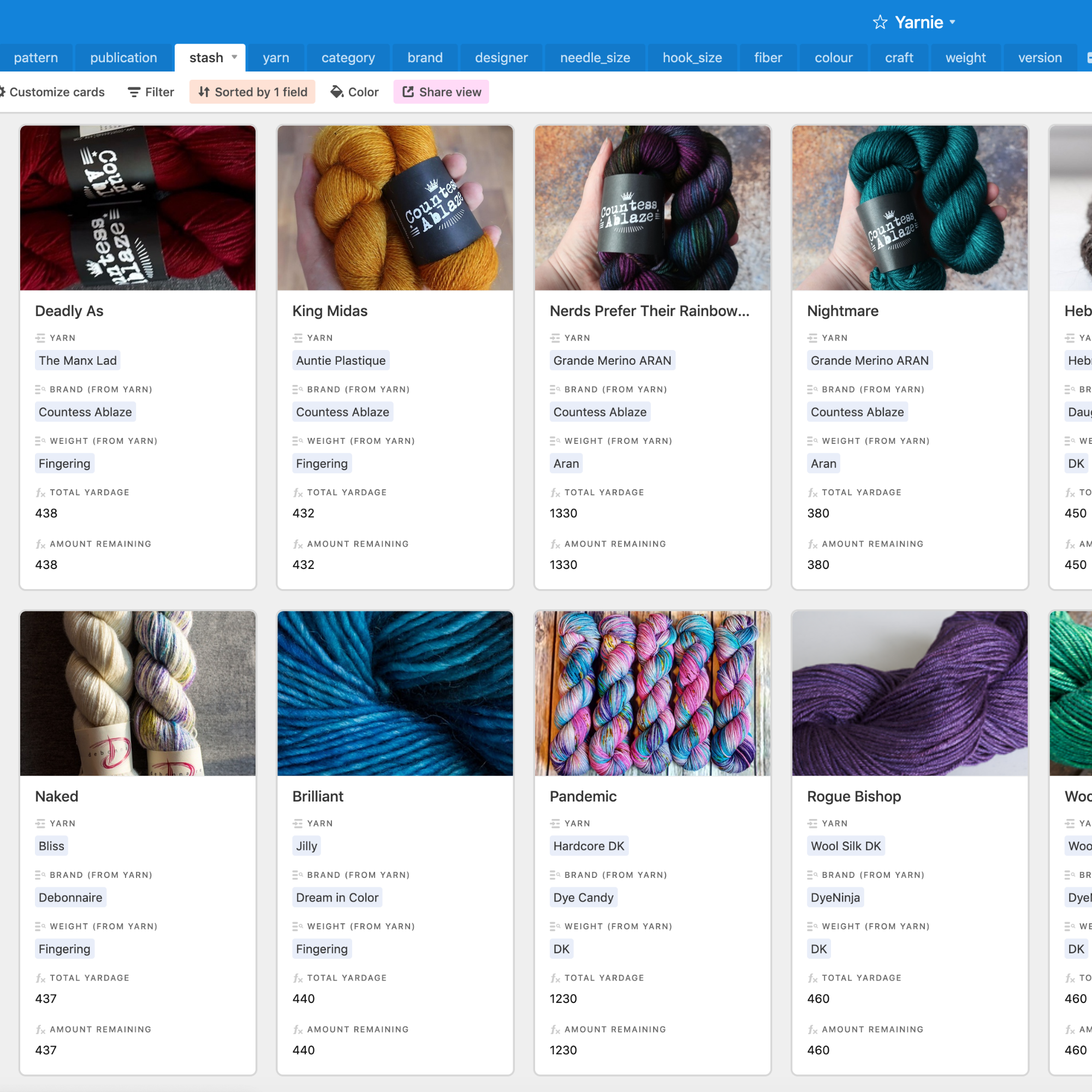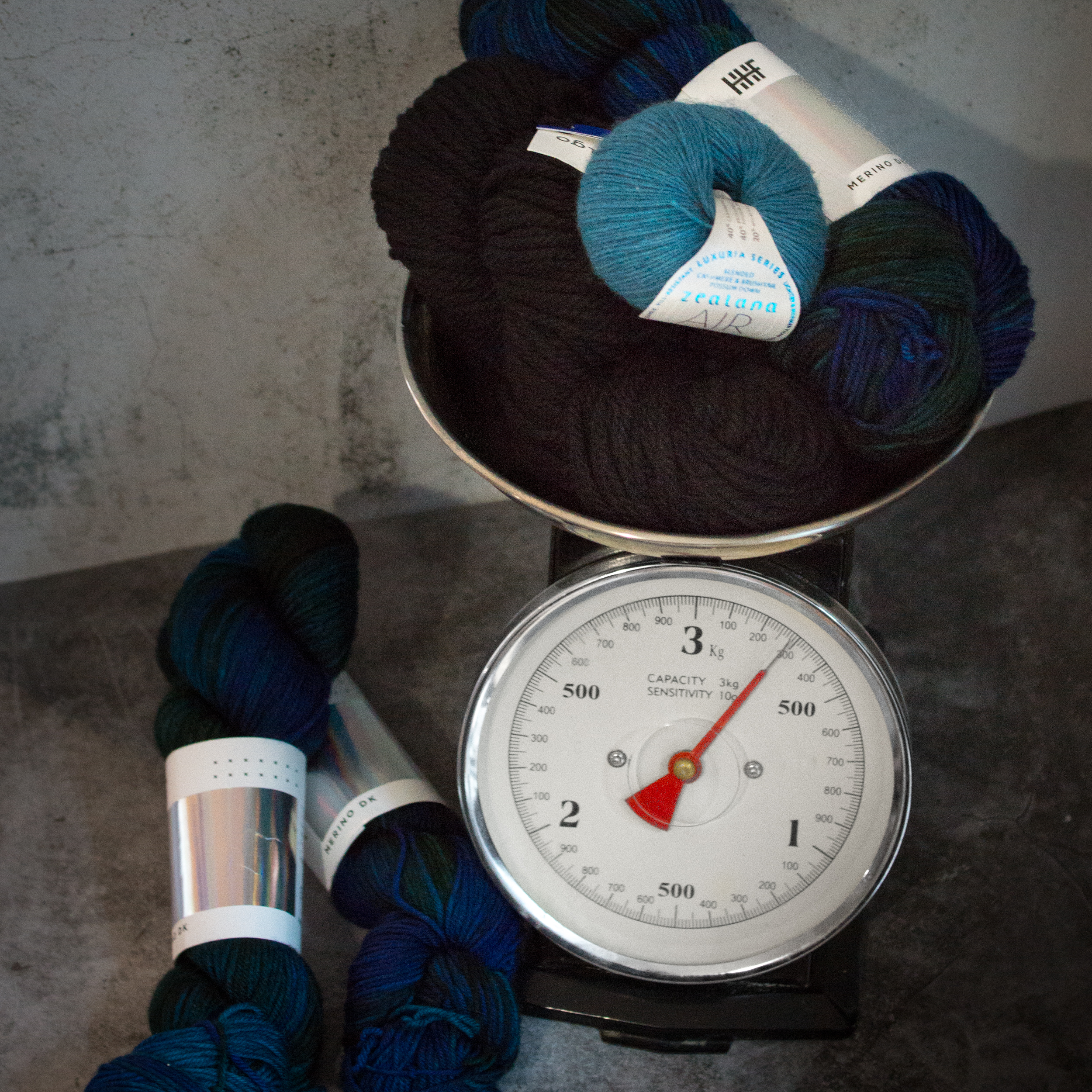This time last year, I was annoyed. (Why is that remarkable, I hear you ask? It isn’t. But I’m still going to talk about it.) This time, the culprit was test knit deadlines.
I was seeing test knit after test knit with outrageously short deadlines – 4 weeks here, 6 weeks there, a feature length Instagram live rant about how grateful we should be to be allowed to test knit for someone at all. The usual.
It got me thinking about how fast I knit (not particularly), how often I knit (more than average), and how typical that was. I thought about the things that happen in life to reduce my knitting time, the techniques that slow me down, and frankly I was wondering how anyone was getting an inclusively sized pullover done in 4 weeks. It could take me that long to choose the yarn, let pay day roll around, order it (custom dyed, if funds allow), have it arrive. All those good things.
As so often happens when I lament the parts of the knitting community that aren’t up to scratch, I wished that we had some actual standards to refer to. So I asked the font of all knowledge (aka the Tech Tip Talk Discord) if anyone had heard of such an industry standard.
The answer I got was 100 yards per week. Which sounded sensible, and reasonable, and achievable, but it also had no source to cite. It was just a number that got passed around like a game of telephone.
So of course, being me, I immediately set up a survey to quantify the shit out of that number.
The goal of the survey was twofold: I wanted to know how fast people knit, and how much time they spent knitting. These two numbers would let me see if that 100 yards per week was a good yardstick (see what I did there) to use, or whether there was another number that might work better.
The Survey
I came up with 2 ways for people to contribute to the survey:
The any-knitting-but-you-need-a-scale method
You’ll need some knitting, information from your yarn’s ball band, some scales, and a way to time yourself.
All you do is weigh the yarn you have, time yourself while you knit, then weigh the yarn again at the end. By telling me how much yarn you used, the details from the ball band, and how long you knit for, I can work out your speed in yards per minute / yards per hour.
The I-don’t-have-a-scale method
You’ll need some yarn and needles, information from your yarn’s ball band, the swatch instructions, and a stopwatch.
All you do is time yourself knitting the swatch. By telling me how long it took you and the details from the ball band, I can work out how much yarn you used AND your speed in yards per minute / yards per hour.
The Results
As results started to come in, I busted out a spreadsheet (oh, happy day!) and worked out some statistics.
Average Knitting Speed
Across all results, the average knitting speed is:
28.36 yards per hour
(25.93 metres per hour)
This means that, based on the average knitting speed, asking test knitters to work at a rate of 100 yards per week is asking them for 3.43 hours of their time.
Knitting Speed Range
The fastest knitting speed (so far!) is 105.60 yards per hour (95.56 metres per hour)
The slowest knitting speed (so far!) is 3.15 yards per hour (2.88 metres per hour)
This means that, based on the calculations above, asking test knitters to work at a rate of 100 yards per week is asking the slowest knitter for 33.33 hours per week, whereas the fastest knitter is only being asked for 57 minutes per week.
Does Stitch Matter?
Before looking at the data, I suspected that simpler knitting (such as stockinette) would be significantly faster than lace, colourwork, or more complex knit and purl patterns.
But that doesn’t seem to be the case – at least not significantly.
Stockinette: 31.86 yards per hour
Simple knit & purl patterns: 26.58 yards per hour
Other knit & purl patterns: 29.83 yards per hour
Lace: 24.08 yards per hour
Cables: 24.77 yards per hour
Stranded colourwork / Fairisle: 22.18 yards per hour
Intarsia: 100.51 yards per hour
I was particularly tickled by that Intarsia result (of all the knitting techniques, I dislike Intarsia the most) but the rest was a complete surprise. Yes there are differences and stockinette is faster, but not by a lot.
Knitting Time
The mean average time spent knitting each week (at time of writing) is 13 hours. I suspect that this is highly skewed by the dedicated knitters in my social media reach, so I calculated the median average as well, which is 10 hours.
The longest time spent knitting is 55 hours, and the shortest is 2 hours.
But what we really want is a chart here, right?
Here’s a full breakdown of data, showing the hours spent knitting along the x-axis, and percentage of responders on the y:
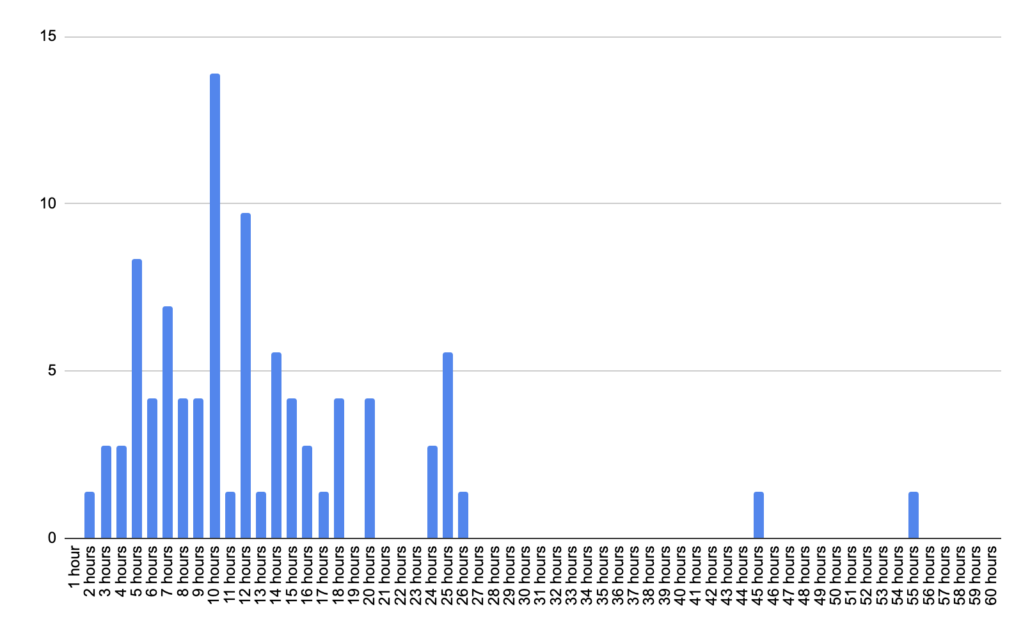
Hmmmm, I spy some outliers! (Hi!! You must really love knitting. I mean of course you do.)
And here’s the same data grouped:
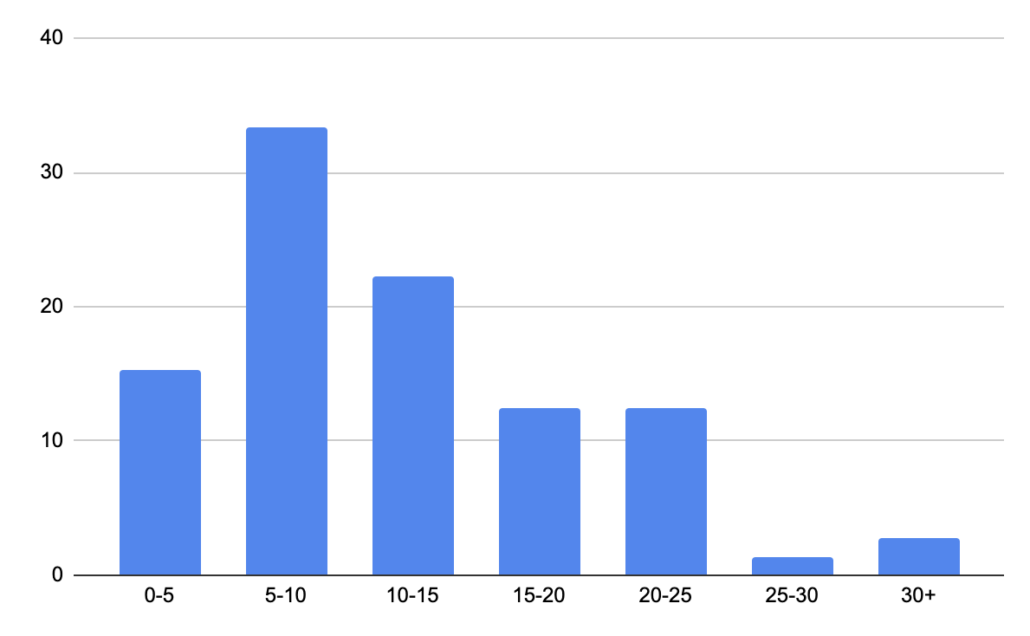
As you can see, the majority of people are hanging out in the 0-15 hours per week range.
0-5 hours – 15.3%
5-10 hours – 33.3%
10-15 hours – 22.2%
0-10 hours: 48.6%
0-15 hours: 70.8%
Conclusion
Is 100 yards per week a realistic request to make of test knitters?
According to these numbers, it’s possible for the “average” knitter to produce that much knitting in the time they have available to knit each week: it would take the average knitter about three and a half hours, which is on the low end of the time people are spending knitting each week.
So that’s realistic, right?
Well… yes and no.
There are a few other things to keep in mind:
- Slow / inexperienced knitters give invaluable feedback during a test knit, and we should make effort to include them
- Test knitting is more prone to mistakes, delays, etc., so we have to allow time for that
- Test knitters also need time to choose, buy, and receive their yarn
- They also need time for swatching, finishing, filling in the feedback form, and taking photos
- Life happens: people get ill, we go on holiday, we have to fix a leak in the bathroom, we have birthdays, we get rear-ended on the M25, our kids are off school or starting school or skipping school or aceing school, you fall down a rabbit hole re-watching all 7 seasons of Buffy and making notes about every instance of foreshadowing… you know, the usual stuff.
Personally, I use 100 metres (109 yards) per week as a way to calculate the minimum duration of a test knit I’m running. I look at the largest yarn requirement for the test knit, round it up to the nearest 100 metres, and divide that by 100. That’s the minimum number of weeks this test knit needs to run for – and I aim to exceed that, every time.
Want to see how you stack up? Find the instructions and submit your data at the link below:
